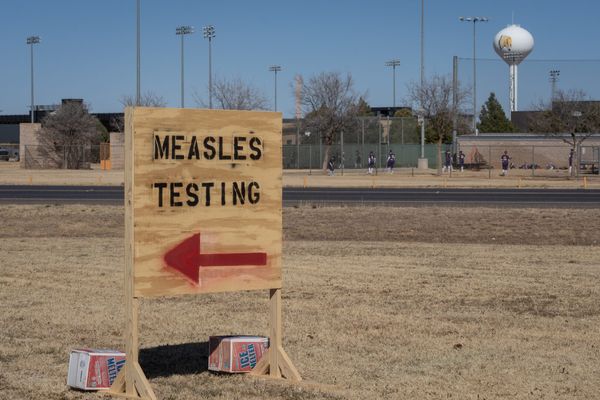It seems that each news cycle brings with it a steady stream of gruesome, heart-wrenching stories that relate to human-street dog conflict. These are usually stories of people, often children, being attacked by street dogs, or of the mistreatment of dogs by humans. Familiar tropes such as “the dog menace” or “man’s best friend” animate these discussions and capture public and media attention.
In turn, more complicated and nuanced accounts that pay fidelity to the socio-ecological complexity of human-dog relations remain ignored. How, then, can we resist these reactionary impulses and fruitfully build on the wealth of work in the fields of ecology, public health, canine ethology, and urban dynamics to come to a more sophisticated and integrated understanding of these issues?
Human-dog interactions
A starting point could be to appreciate that “newsworthy” incidents of dog biting, chasing, or mauling represent only a fraction of all human-dog interactions. Citizen-based research across various parts of India by ROH-Indies (University of Edinburgh), shows that a majority of people-dog interactions are mundane and unremarkable such as casual feeding, occasional petting and ignoring. While this is certainly not intended to downplay the gravity of conflict, it would pay to remind ourselves that extreme instances such as mauling cannot be taken to be representative of the overall human-dog relationship.
On the other side of the spectrum of opinions on human-dog co-existence is the equally problematic notion that dogs are inherently virtuous creatures who can do no wrong. Dogs, like all other animals, including human beings, are beings whose motivations cannot always be known to us. This means treating dogs as individuals with specific backgrounds and environments, rather than an undifferentiated population mass that is either good or bad.
The tragic passing of the high-profile businessman in Ahmedabad in October last year, and subsequent explosion of anti-dog sentiment in media and public discourse is an exemplary case in how this conflict can move to a different level.
It began with the supposed involvement of dogs that attacked him causing him to fall, to his affection for dogs, to the statement by the hospital that treated him, and, finally, statements by animal rights groups asking the media not to villainise dogs. Ultimately, it remains unclear how the incidents leading up to his fall panned out. Did the dogs chase him? Or were they barking at the sight of him fallen on the ground? The incident is an example of one where the same issues could come up again unless we pay due attention to the complexity of human-dog interactions in India.
Findings from a research study
Being mindful of these considerations which introduce different shades of grey can help us educate ourselves about the folly in holding black and white positions. Take for instance the arguments in favour of mass culling or the eradication of street dogs through other means such as confinement in ‘shelters’. Culling is rarely an effective or workable solution to reduce conflict, and can be counterproductive, especially in the complex social and ecological conditions found in a place such as India.
A research study, ‘Reorienting rabies research and practice: Lessons from India’ published in the journal, Nature (2019), says, eradication can exacerbate the situation by triggering unpredictable ecological changes that may be unwelcome. In the United Kingdom, for instance, where street dogs were successfully eliminated through killing and removal, foxes have come to live in the ecological niches vacated by dogs in cities and towns. These foxes, and other animals such as gulls which occupy similar niches, are now considered by some as pests and a nuisance, even attracting controversy around suspected attacks on children — in effect, simply reproducing many of the same old problems. What this study shows is that the different issues — rabies, bites, public feeding, nuisance — associated with dogs may need different responses.
Local context, relevant actions
In the face of such complexity, our energies must be geared toward improving our understanding of the drivers of different types of conflict to develop suitable interventions, rather than relying on silver bullet solutions that are rarely successful in building healthy societies.
In other words, what we need is a range of actions that are tailored to local contexts. Our ongoing research shows that this will have to include measures such as ensuring ready access to post-exposure treatment and anti-rabies vaccination for people; prevention of relocation or removal of local dogs, which then triggers the influx of new dogs and associated conflict; maintenance of neutered, vaccinated and socialised street dog populations in their localities so as to reduce incidents of conflict (such as those seen in South Mumbai and parts of Chennai, Bengaluru and New Delhi); better solid waste management as a way to control the ‘carrying capacity’ of known flash points such as garbage dumps; and, very crucially, public education programmes to teach people, both adults and children, how to safely interact with dogs.
Our cities and villages have always been sites where different species live together, without either harmony or conquest. In this context, we would do well to approach problems of human-dog conflict as one among other civic issues relating to how we live and share spaces safely with others.
Amshuman Dasarathy is an Associate with Socratus, a think-tank. Krithika Srinivasan is a Senior Lecturer at the University of Edinburgh







